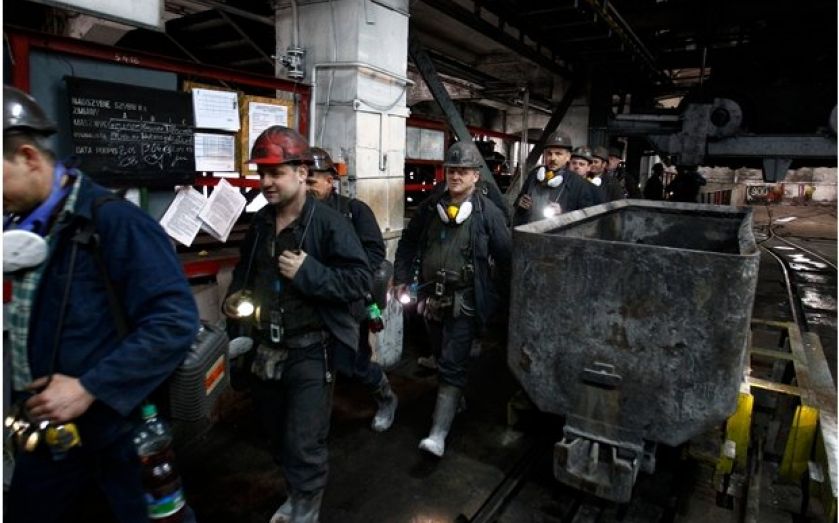Why we must not write off coal’s potential to solve our energy crisis

THE DEBATE over Britain’s abundant shale gas reserves is welcome. It reflects an acknowledgement, at last, by policymakers that energy security and costs are at the top of voters’ priorities, and need to be urgently tackled.
The hype about shale gas’s incredible potential is sweeping all before it, but policymakers must not overlook coal – Britain’s most abundant energy asset – and the new coal to gas technologies that allow us to harness the UK’s vast reserves like never before.
Britain and its coast sits on billions of tonnes of coal. Most of this was never mined, as it was either difficult to reach or uneconomic to extract. It is thus regarded as ‘stranded’. But new technology changes this, and these coal seams can be safely gasified to power industry and generate electricity.
Coal has a number of benefits over other energy sources. Deep underground coal gasification (UCG) allows the coal seam to be gasified in situ – no coal is extracted and no surface impact is made, as old colliery buildings and rail links aren’t needed. And it can be undertaken offshore, where some of the UK’s largest coal seams can be found.
What’s more, UCG is a proven technology – having worked successfully in Australia, Spain – and new horizontal drilling techniques has made this technology far more viable now than ever before. UCG involves drilling deep into the coal seam, injecting oxygen and steam, creating combustion, and then extracting the resultant syngas through another well. Carbon dioxide can be stripped out and the gas can then be used for electricity generation or supplying industry.
The potential for this technology is particularly relevant for Britain. Since the 1990s, the UK has been slowly replacing the burning of mined coal in power stations with natural gas – a process that has become known as the “dash for gas”. But UK gas reserves have fallen fast, and it is estimated that we will need to import 80 per cent of our gas by 2020 to generate over 70 per cent of all electricity. The UK has consequently become one of the most gas-hungry states in the world, and this is set to further increase.
Last November, the chancellor announced plans to further increase Britain’s dependence on gas in his Gas Generation Strategy. It proposes up to 25 more gas fired power stations to replace old coal and oil plants to cover the gap, as new nuclear plants remain delayed.
But what of plans to turn these vast coal reserves into gas? North Sea oil pioneer Algy Cluff has already secured five licences from the UK Coal Authority to develop deep UCG off the Scottish and Welsh coasts. The technology works and is proven. Cluff recalls drilling for North Sea oil in the 1970s, where the gear would first penetrate vast and deep coal seams, but the technology wasn’t in place to harness it. This all looks set to change. Coal could make a remarkable comeback.
Tony Lodge is a research fellow at the Centre for Policy Studies (CPS). He is author of the CPS pamphlet Clean Coal – A Clean, Affordable Alternative.